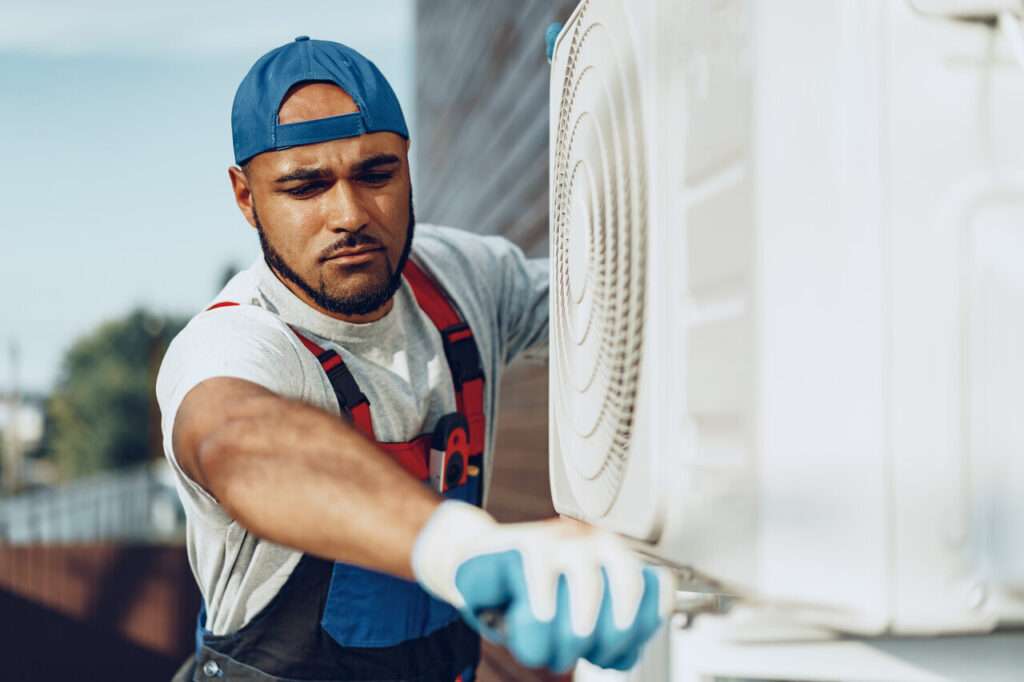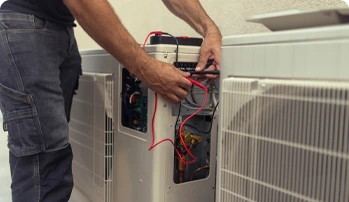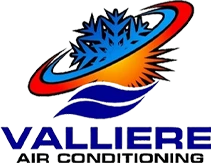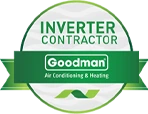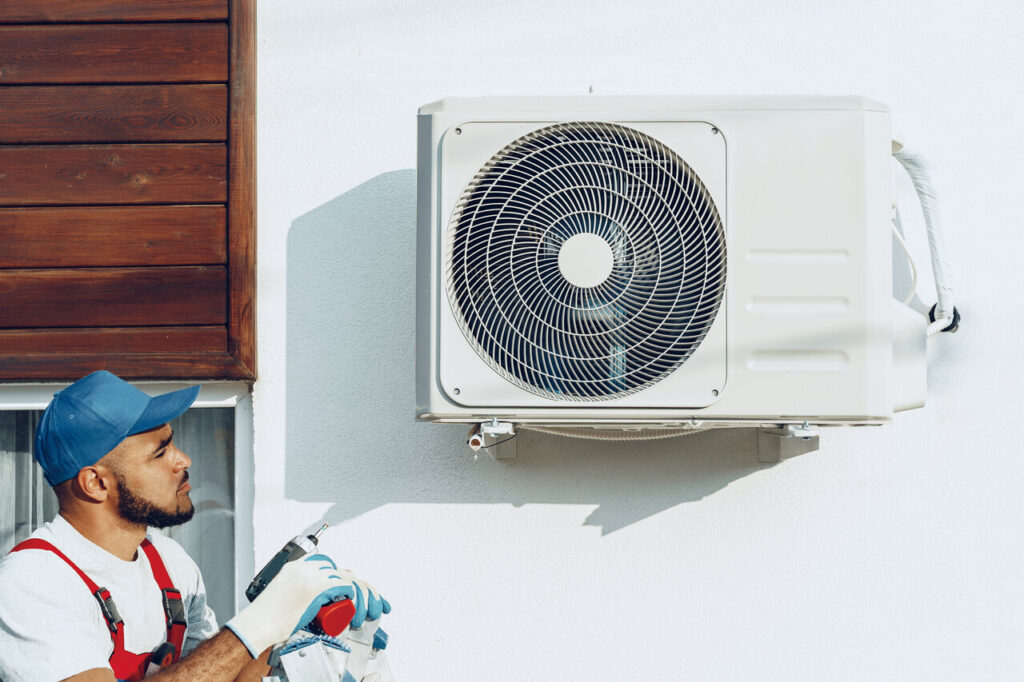
How Does A Heat Pump Work?
Embarking on a journey into the realm of HVAC systems, we delve into the intricate workings of heat pumps—a marvel of energy-efficient technology that can redefine indoor comfort. Whether contemplating a heat pump installation in Magnolia or exploring innovative HVAC solutions, understanding the science behind these systems is crucial. Trust


